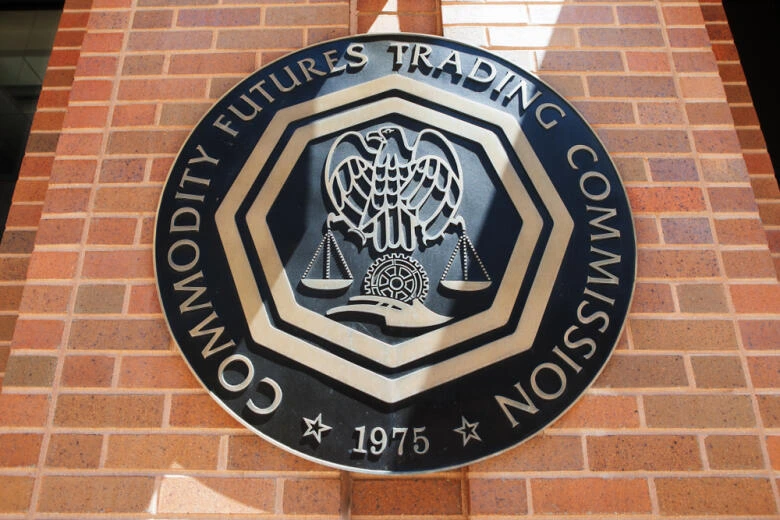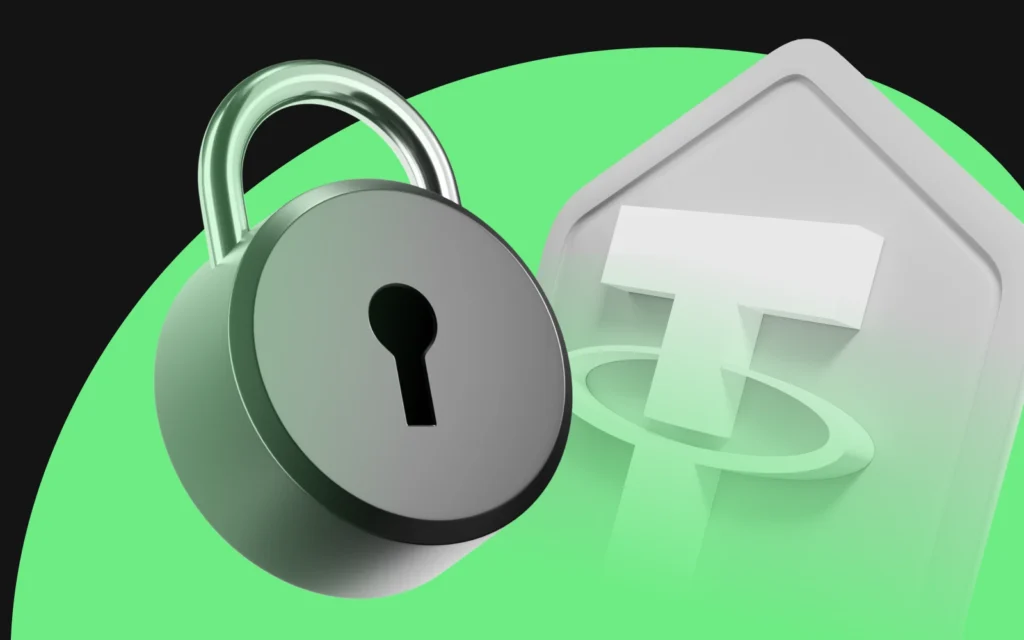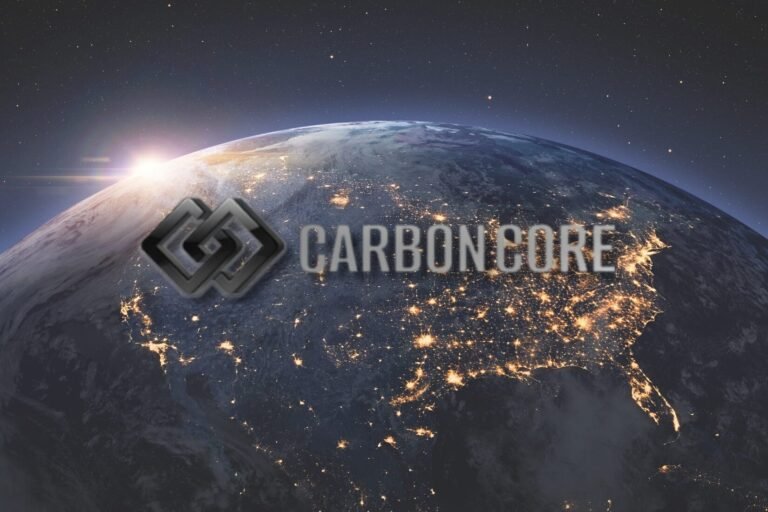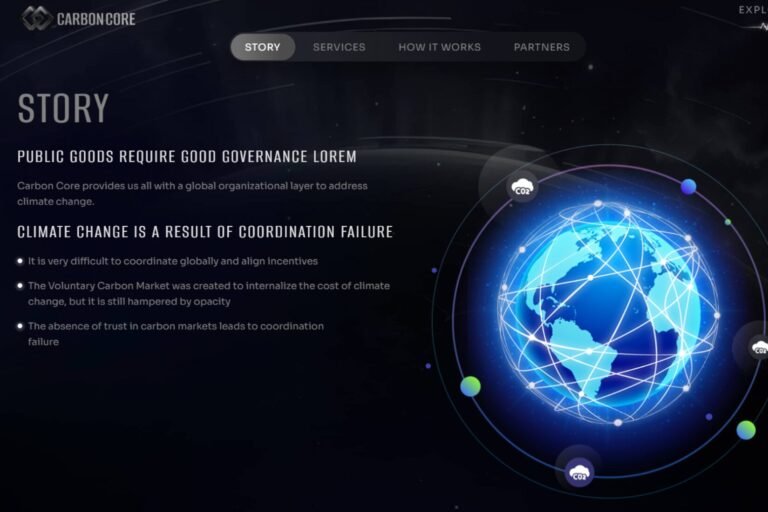
In today’s rapidly evolving digital economy—where financial agility and risk management are more crucial than ever—Tether’s USDT has become a cornerstone of cryptocurrency transactions. As the most widely used stablecoin, USDT commands a central role in global digital finance. However, its growing influence has sparked increasing debate among investors, institutions, and regulators alike: Is USDT safe and regulated?

Evaluating USDT’s Safety Measures: Is USDT Safe and Regulated at Its Core?

USDT, issued by Tether Limited, is engineered to maintain a 1:1 value peg with the U.S. dollar. This design offers a perceived safe haven from the notorious volatility that defines the cryptocurrency landscape. According to Tether, each USDT token is backed by reserves comprising U.S. Treasury bills, cash, and other liquid assets—providing confidence in its stability.
However, despite these assertions, concerns about transparency and reserve verification have persisted. A landmark moment came in 2021, when the Commodity Futures Trading Commission (CFTC) imposed a $41 million penalty on Tether for misrepresenting the composition of its reserves. Notably, findings revealed that from 2016 to 2018, USDT was fully backed by fiat reserves only 27.6% of the time during a 26-month period.
Since then, Tether has made strides to enhance transparency, now publishing quarterly reserve attestations. These updates, while valuable, still fall short of the rigorous standards expected from a full-scale audit. In March 2025, CEO Paolo Ardoino confirmed that Tether began discussions with a Big Four accounting firm to conduct a comprehensive audit and emphasized that the initiative holds top strategic priority. However, the company has not yet completed the audit, leaving questions about the true backing of USDT unresolved.
Regulatory Oversight: Is USDT Safe and Regulated in Today’s Legal Climate?

As stablecoins gain traction, so too does the intensity of regulatory scrutiny. The 2021 CFTC enforcement action served as a pivotal wake-up call, spotlighting the necessity for improved oversight and compliance across the sector. Globally, regulators are increasingly voicing concerns about the role of stablecoins in systemic risk and illicit financial activity.
Tether, specifically, has drawn criticism for its alleged involvement in unauthorized transactions. Investigative reports estimate that over $17 billion in illicit trades have been conducted using USDT. In response, the company has reportedly strengthened its compliance protocols and is now collaborating with over 200 law enforcement agencies worldwide, including key financial watchdogs, to tackle unlawful activities involving its token.
The regulatory landscape in the United States is also undergoing a transformation. A more crypto-accepting posture from the current administration has prompted legislative proposals aimed at defining the legal framework surrounding stablecoins. In alignment with these developments, Tether has announced plans to develop a blockchain-based payment infrastructure within the U.S.—a move that signals its ambition to integrate more formally into the traditional financial system.
Conclusion: Assessing Whether USDT Is Truly Safe and Regulated

There is no denying that USDT plays a vital role in the digital asset ecosystem. Its widespread use facilitates liquidity, trading efficiency, and global remittance services. However, the question “Is USDT safe and regulated?” continues to resonate within the financial community.
Tether has certainly taken meaningful steps toward greater transparency and regulatory engagement. Yet, the lingering absence of a comprehensive audit and its previous compliance violations serve as cautionary markers for institutional and retail investors alike.
Until the company delivers on its commitment to full financial transparency and undergoes a complete audit by a reputable third party, skepticism will likely persist. As the regulatory environment matures, so too will expectations for accountability and trustworthiness in the stablecoin market.
For now, potential stakeholders must weigh USDT’s operational benefits against its evolving regulatory profile—and proceed with informed diligence.



